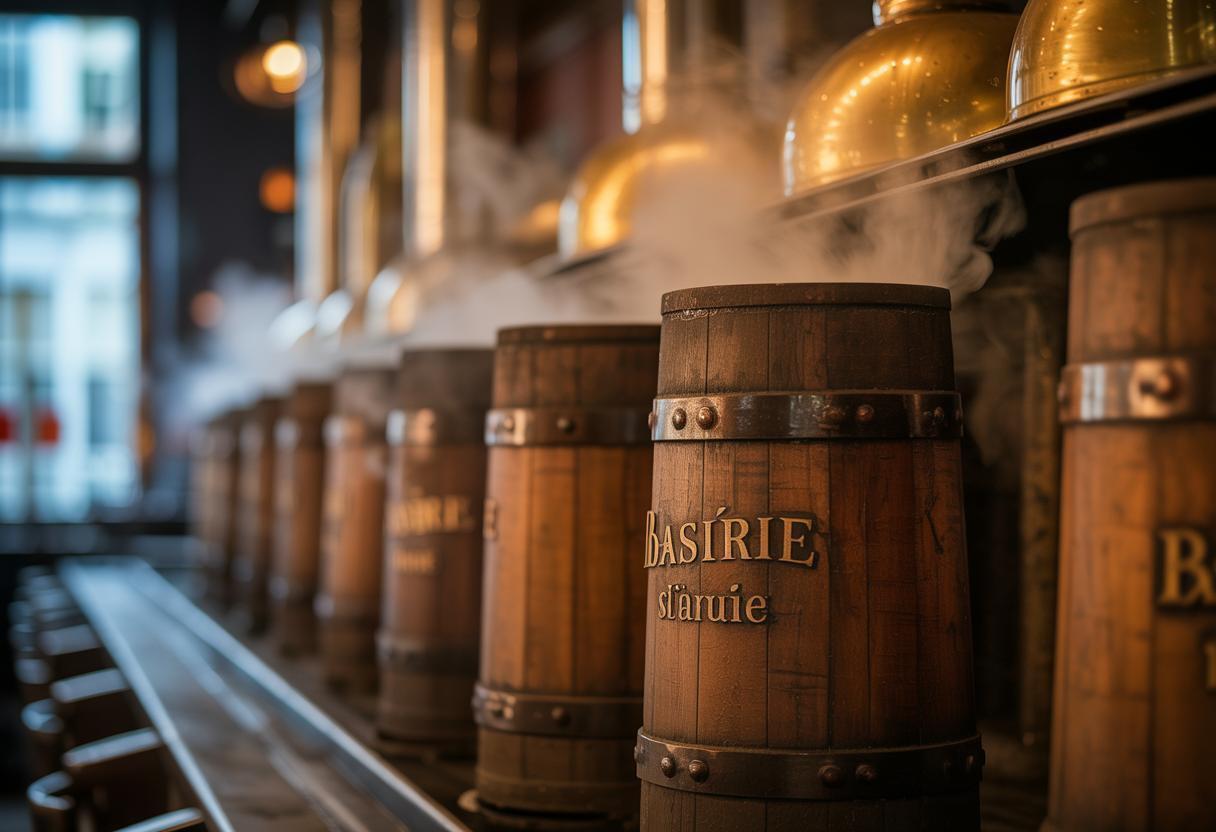A 165-year-old German brewery in rural Minnesota has quietly mastered the art of survival through economic upheaval, labor disputes, and cultural shifts—while most of its competitors vanished decades ago. The August Schell Brewing Company’s remarkable journey from 200 barrels annually in 1860 to 145,000 barrels today reveals unexpected lessons about resilience that extend far beyond brewing.
Located in New Ulm, Minnesota, this family-owned operation has weathered the Dakota War of 1862, Prohibition, two World Wars, and the craft beer revolution without losing its cultural identity or economic foundation. What makes their success particularly intriguing is how they’ve balanced authenticity with adaptation—a challenge that destroys many heritage businesses.
The economics of cultural preservation in small-town America
Schell’s operates as more than just a brewery; it functions as an economic anchor for New Ulm’s 13,000 residents. Their unionized workforce under the United Steelworkers creates wage stability that prevents the financial vulnerabilities common in rural communities. This approach offers protection similar to protecting retirement savings from risky investment schemes, ensuring workers have dependable income rather than volatile employment.
The brewery’s dual-market strategy demonstrates sophisticated strategic resource allocation ratios between mass-market brands like Grain Belt Premium (Minnesota’s top-selling beer) and craft offerings. This approach cross-subsidizes innovation while maintaining steady revenue streams—a balance that many breweries fail to achieve.
Survival lessons from 165 years of business continuity
Crisis adaptation without losing identity
During Prohibition, while competitors closed permanently, Schell’s pivoted to producing soft drinks and candy to survive the 13-year alcohol ban. This diversification strategy didn’t abandon their core brewing expertise—it preserved it for eventual revival. The lesson extends beyond brewing: successful heritage businesses maintain their fundamental capabilities while temporarily adapting operations.
The authenticity versus performance balance
Schell’s still uses aging tunnels from the 1860s for actual production, not just tourist displays. This represents authentic cultural preservation rather than performative heritage marketing. They’ve avoided the trap that ensnares many historical businesses: turning tradition into mere theater while abandoning practical applications of their heritage knowledge.
Labor relations that actually strengthen quality control
The brewery’s union relationship creates predictable contracted wages and invested workforce training, resulting in lower turnover rates compared to non-union craft breweries. This stability translates into consistent quality control—union-enforced production standards help maintain the quality control processes that prevent harmful outcomes that can damage brand reputation.
The economic multiplier effect extends beyond direct employment. Stable wages circulate within New Ulm’s economy, supporting local businesses and preventing the capital flight common in corporate-owned operations.
Strategic positioning for uncertain markets
Schell’s recent decision to scale back hard seltzer production while maintaining traditional offerings reveals market wisdom. Instead of chasing every trend, they’ve focused on products with proven longevity. This approach mirrors successful businesses that address market gaps that major players overlook rather than competing in oversaturated categories.
Their portfolio strategy maintains both heritage appeal for nostalgic consumers and craft innovation for adventurous drinkers—serving multiple market segments without brand dilution.
Replicable principles for sustainable business models
Three key elements make Schell’s model potentially replicable: multi-generational ownership preventing asset stripping, strategic diversification during crises, and genuine community integration rather than extractive business practices.
The brewery’s success demonstrates that cultural preservation becomes economically viable when integrated into operational DNA rather than treated as marketing veneer. For rural businesses facing similar challenges, prioritizing workforce stability and authentic heritage application over performative tradition offers a sustainable path forward.
What this means for the future of heritage businesses
Schell’s 165-year journey proves that adaptive resilience trumps rigid traditionalism for long-term survival. Their model suggests that heritage businesses thrive when they treat cultural preservation as a competitive advantage rather than a constraint, using traditional knowledge to inform modern solutions rather than simply preserving outdated practices.
